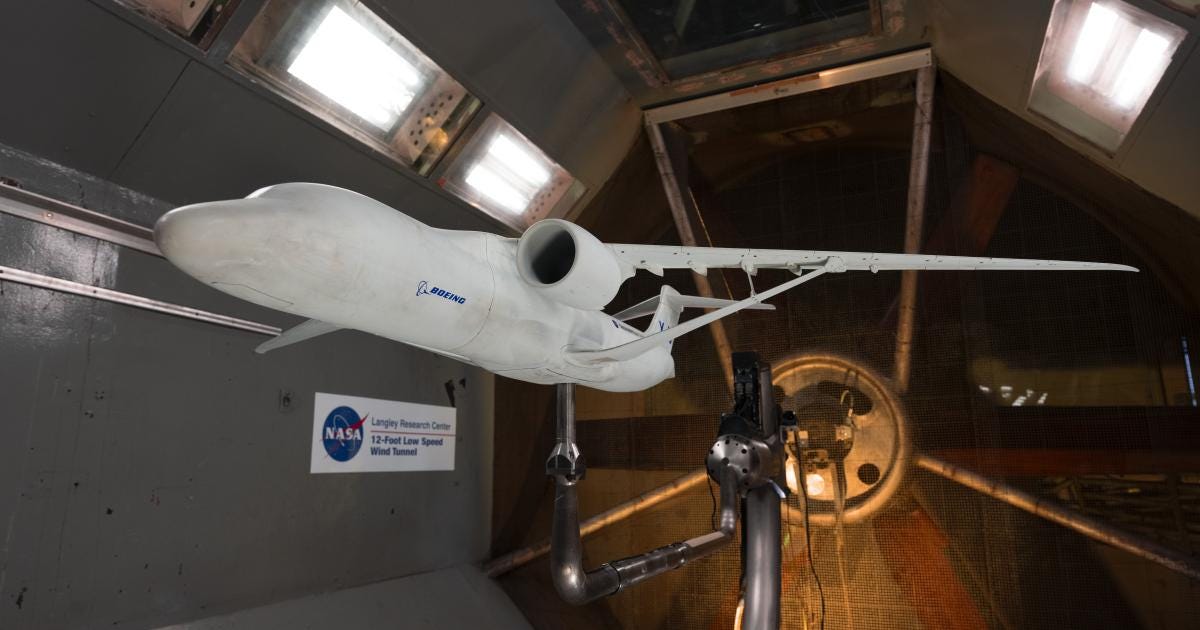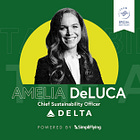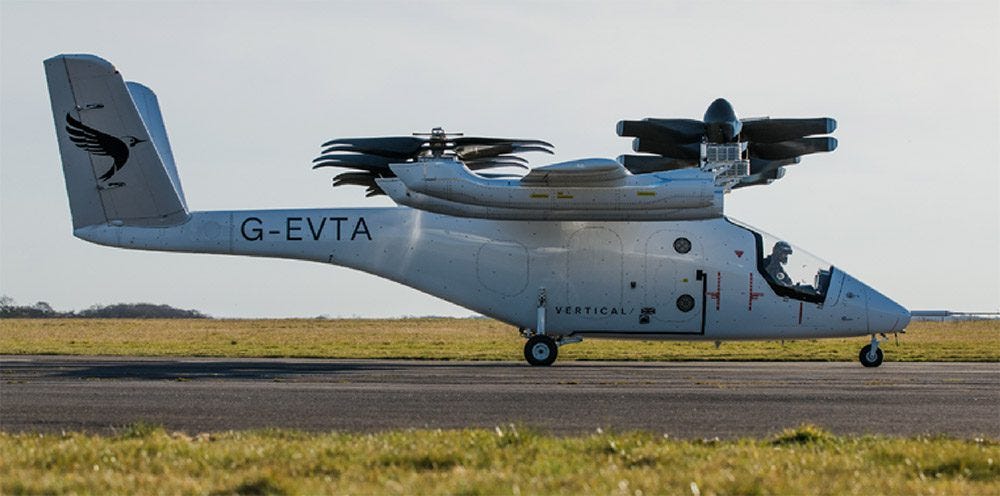#Sustainability20: United Airlines invests in Twelve to turn CO2 into SAF & more
Weekly Roundup - 09/05/25
Each Friday, we publish a round-up of the 20 most important stories on sustainable aviation. You can see previous editions of #Sustainability20 here.
Industry Updates
Air New Zealand has abandoned strict emissions targets in favour of a flexible tracking system, aiming to cut jet fuel emissions by 20-30% by 2030 using SAF and carbon credits.
United Airlines has partnered with startups Heirloom and Twelve to develop carbon capture technology for SAF production and has invested in JetZero’s blended-wing aircraft to reduce fuel consumption by 50%.
AirAsia has achieved a perfect sustainability score in a global audit, recognising its efforts in fleet modernisation and operational innovations like KLIA2’s combo units, which reduce engine use while parked.
Copenhagen Airport has launched FuelTrack, a study analysing how jet fuel composition affects emissions, with initial findings expected to improve fuel blends and air quality around airports later this year.
Boeing has paused development of its X-66 demonstrator for NASA’s Sustainable Flight project, opting instead for ground-based testing of long, thin-wing technology before reconsidering flight trials.
Heart Aerospace has relocated its headquarters from Sweden to Los Angeles, prioritising the US market for its hybrid-electric ES-30 aircraft, with test flights scheduled for this year.
CLIMATE WATCH: U.S. Government to Stop Tracking the Costs of Extreme Weather - The New York Times
The Trump administration has discontinued NOAA’s tracking of billion-dollar climate disasters, removing a key tool for assessing extreme weather costs, despite criticism from scientists and policymakers.
Infrastructure and operational efficiencies
Delta has saved 45 million gallons of fuel annually through operational improvements like weight reduction and optimised flight paths, cutting costs by $110m and advancing its sustainability goals.
Airlines are using AI to boost sustainability, from optimising food production in vertical farms to reducing waste with smart meal tracking and developing eco-friendly packaging, cutting emissions and improving efficiency.
Aireon’s space-based ADS-B system has improved efficiency in North Atlantic airspace, reducing CO2 emissions by 45,000 tonnes in 2023 while enhancing real-time aircraft tracking and safety.
Hexcel has partnered with JetZero under the FAA’s FAST program to develop lightweight composites for its blended-wing aircraft, aiming to significantly cut fuel use compared to conventional designs.
Sustainable Aviation Fuel (SAF)
United Airlines has invested in Twelve’s CO2-to-SAF technology, supporting its new Moses Lake facility, which is set to produce 50,000 gallons of SAF annually from this year.
HutanBio has confirmed its HBx microalgal biofuel achieves net-negative emissions during production, removing 1.48 tonnes of CO₂ per tonne of fuel, with a pilot facility planned for 2026.
US SAF production has doubled since December 2024, driven by new facilities from Phillips 66 and Diamond Green Diesel, though volumes remain below 2% of total jet fuel demand.
Repsol and Bunge have introduced camelina and safflower as low-carbon feedstocks for renewable fuels, targeting up to 90% lower emissions than conventional diesel in European SAF production.
Wheels Up has launched a SAF programme with Delta and Chooose, allowing private jet clients to contribute to sustainable fuel purchases through Delta’s existing initiative.
The World Economic Forum and GenZero have launched Green Fuel Forward to boost SAF adoption in Asia-Pacific, uniting airlines and corporates to meet ICAO’s 2030 emissions targets.
New technology: Electric and Hydrogen
Vertical Aerospace has adopted the CCS fast-charging standard for its VX4 eVTOL, aligning with industry peers to streamline infrastructure and enable rapid turnarounds for electric aircraft.
Whisper Aero has unveiled designs for hybrid-electric autonomous cargo planes for the US Air Force, with light and heavy variants set for test flights between 2027 and 2028.
Wright Electric has begun ground testing its 2MW WM2500 electric propulsion system for regional jets, following successful high-altitude simulations with NASA earlier this year.
Bosch Aviation Technology has converted a Rotax 916 aircraft engine to run on hydrogen, achieving 115kW output in initial tests, with plans to scale up for operational use.







